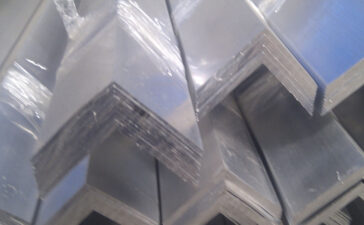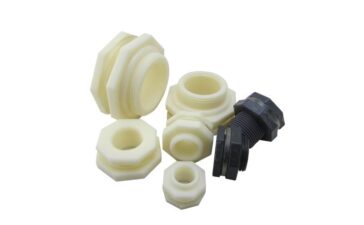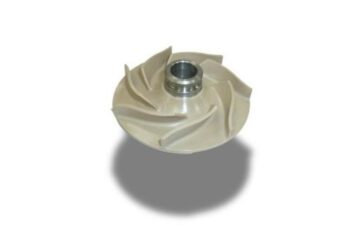Inconel625 containing no or less aluminum or titanium is generally smelted by electric arc furnace or non-vacuum induction furnace. Inconel 625 with high aluminum and titanium content is not easy to control when smelting in the atmosphere, and gas and inclusions enter more, so vacuum smelting should be used. In order to further reduce the content of inclusions, improve the distribution of inclusions and the crystalline structure of the ingot, a double process combining smelting and secondary remelting can be used. The main means of smelting are electric arc furnace, vacuum induction furnace and non-vacuum induction furnace; the main means of remelting are vacuum consumable furnace and electric slag furnace.
Solid solution strengthened alloys and alloy ingots containing low aluminum and titanium (the total amount of aluminum and titanium is less than about 4.5%) can be used for forging blanks; alloys containing high aluminum and titanium are generally used for extrusion or rolling. Then hot-rolled into a product, some products need to be further cold-rolled or cold-drawn. Larger diameter alloy ingots or cakes need to be forged with hydraulic presses or quick forging hydraulic presses.
Highly alloyed, non-deformable alloys are widely used in precision casting, such as casting turbine blades and guide blades. In order to reduce or eliminate grain boundaries perpendicular to the stress axis and reduce or eliminate porosity in casting alloys, a directional crystallization process has been developed in recent years. This process is to grow crystal grains in a crystalline direction during alloy solidification to obtain parallel columnar crystals without lateral grain boundaries. The primary process condition for achieving directional crystallization is to establish and maintain a sufficiently large axial temperature gradient and good axial heat dissipation conditions between the liquidus and solidus. In addition, in order to eliminate all grain boundaries, it is also necessary to study the manufacturing process of single crystal blades.
The powder metallurgy process is mainly used to produce precipitation-strengthened and oxide dispersion-strengthened Inconel625. This process can make the cast Inconel625, which is generally not deformable, obtain plasticity or even superplasticity.
The performance of the integrated treatment Inconel625 is closely related to the structure of the alloy, and the structure is controlled by the metal heat treatment. Inconel625 generally needs to undergo heat treatment. Precipitation strengthened alloys usually undergo solution treatment and aging treatment. The solution strengthening alloy only undergoes solution treatment. Some alloys have to undergo one or two intermediate treatments before aging treatment. The solution treatment is firstly to dissolve the second phase into the alloy matrix, so that the strengthening phases such as γ, carbide (cobalt-based alloy), etc. can be uniformly precipitated during the aging treatment, and secondly to obtain an appropriate grain size to ensure high temperature creep And lasting performance.
The solution treatment temperature is generally 1040-1220 ° C. The widely used alloys are subjected to intermediate treatment at 1050 ~ 1100 ℃ before aging treatment. The main function of the intermediate treatment is to precipitate carbide and γ film at the grain boundary to improve the state of the grain boundary. At the same time, some alloys also precipitate some γ phases with larger particles to form a reasonable match with the fine γ phases precipitated during the aging treatment. The purpose of aging treatment is to make the supersaturated solid solution uniformly precipitate γ phase or carbide (cobalt-based alloy) to improve the high temperature strength. The aging treatment temperature is generally 700-1000 ° C.

China Mold > Blog > 未分类 > Inconel 625 Manufacturing Process Editor
You Might Also Like
Which factors affect the excellent electroplating quality of zinc alloy die castings?
Plastic Mold2021年6月29日
For zinc alloy die castings to be electroplated surface treatment, this link is very important. If the electroplating is not...
Advantages of ABS plastic hand plate
1. As one of the most widely used plastics, ABS has good impact resistance, heat resistance, low temperature resistance, and...
Application of UHMWPE
As UHMWPE has many excellent properties, it has shown great advantages in the high-performance fiber market, including from offshore oilfield...
Features of Teflon Spray Machining
Teflon spraying process brings the benefits of the surface of the working parts. To a certain extent, Teflon spraying brings...
Application of PPS
Because PPS has good heat resistance, excellent mechanical properties, and good chemical stability and water resistance., PPS processed products are...







